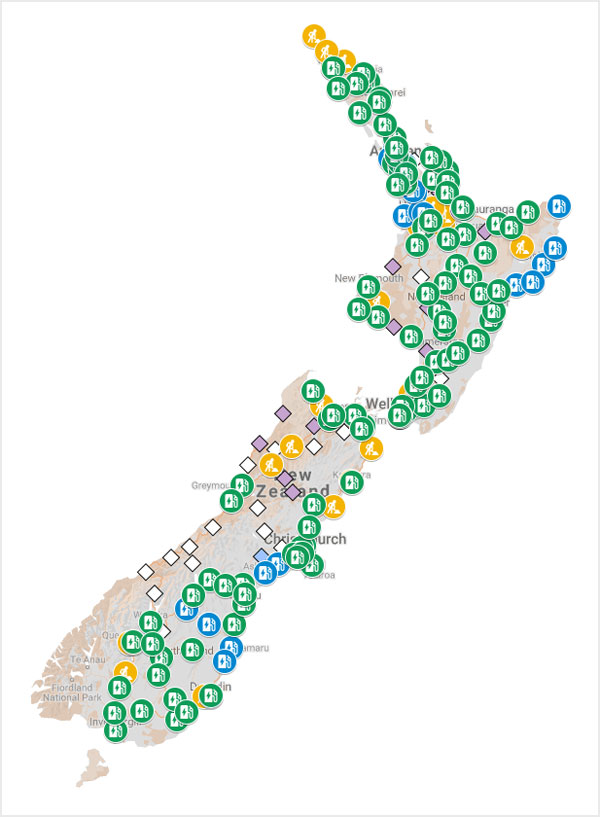There is a joke that goes “How do you know if someone owns an EV? They tell you about it”. It seems that those who have made the switch are enthusiastic advocates for their zero emissions transport choice. Get two or more EV owners together and you can bet they will be discussing charging setups, kilometer range and battery state of health.
To some extent this enthusiasm springs not so much from environmental or financial benefits, but from the way these vehicles drive. With no gearbox required, and a dead straight power curve they have none of the lag of an automatic or issues with revs dropping when climbing hills. Simply press the accelerator to go, press it more to go faster. Don’t knock ‘em ‘til you’ve tried one.
Our government shares this enthusiasm, announcing its Electric Vehicles Programme in 2016. This has a goal of reaching approximately 64,000 electric vehicles on our roads by the end of 2021 and includes a range of measures to encourage EV uptake.
Range or rather ‘range anxiety’ remains a big concern among those who are reluctant to make the switch. New models are extending the available range such as the 2018 Nissan Leaf (250km) or the Tesla Model S (507km). Meanwhile the average urban driver covers only 22 kilometres a day and fast-charging stations are popping up like mushrooms across the country.

Map of charging stations from charge.net.nz
Not all EVs are cars, at the small end of the scale NZ Post started using Norwegian designed Paxster buggies to deliver the mail. Just this year campervan rental company Jucy has introduced a prototype fully electric camper into its fleet. Import statistics for August 2018 included 5 heavy trade electric vehicles. There exists good potential for heavy EV. Wellington buses are slowly making the shift and there are likely to be more medium sized trucks appearing on our roads, encouraged in part by the exemption from road user charges (RUC) until they make up 2 percent of the heavy vehicle fleet in line with the RUC exemption in place for light vehicles.
New Zealand is particularly well suited to a high proportion of electric vehicles given our predominantly green power generation. Overall demand for electricity has been falling slightly allowing some of our dirtier generation to be taken off line. The Ministry of Transport says that even if every light vehicle was electric, there is sufficient generation capacity to charge these, provided the majority are charged at off-peak times. For the most part this is the case, people generally like to charge overnight and most models offer a charge timer allowing the owner to take advantage of lower power prices in the wee small hours.
Widespread adoption of EVs could cause some headaches for those who control our electricity networks, but EVs also present opportunities for load balancing given the right infrastructure. Just as we have a system for turning off hot water cylinders, so too could EV chargers be toggled at peak times.
Most EVs registered in New Zealand are in Auckland with Wellington a distant second. However comparing registered EVs per head of population they are almost the same with Auckland at 1 per 1996 people and Wellington at 1 per 1977 people. The Otago region is next with 1 per 1891 people indicating uptake is fairly widely spread across New Zealand.

Source: Ministry of Transport
Imports of new and used EVs have averaged around 330 a month over the past year and are approaching 3 percent of all light vehicle imports. For every new electric vehicle imported, we bring in about 4 ½ second hand.
Ultimately supply to our second hand market comes from Japan, and growth of the EV fleet there is steady but may not keep up with demand. To date Japan has registered a total of only 150,000 electric vehicles. That’s less than the number of used vehicles New Zealand imports each year and some proportion of that figure are already here.
This will be mitigated somewhat as sales of new EVs begin to pick up locally. There are other opportunities for businesses wanting to service electric vehicles. Installation and maintenance of charging facilities, and in future the repair or replacement of battery packs as well as the proper disposal and recycling of the batteries at the end of their serviceable life are all new avenues for the automotive and electrical industries.